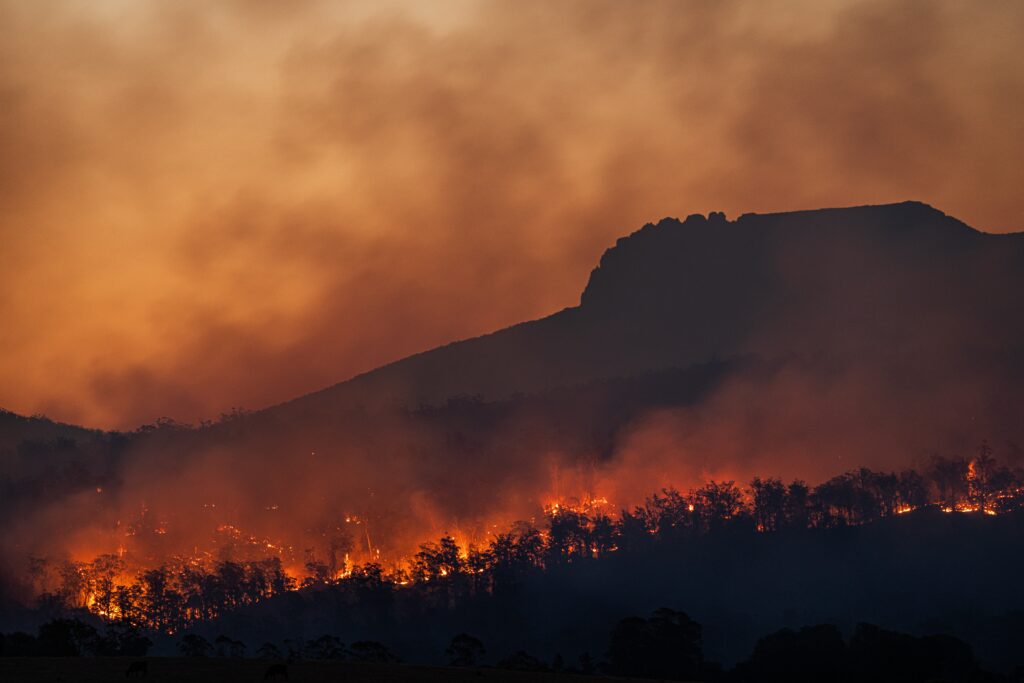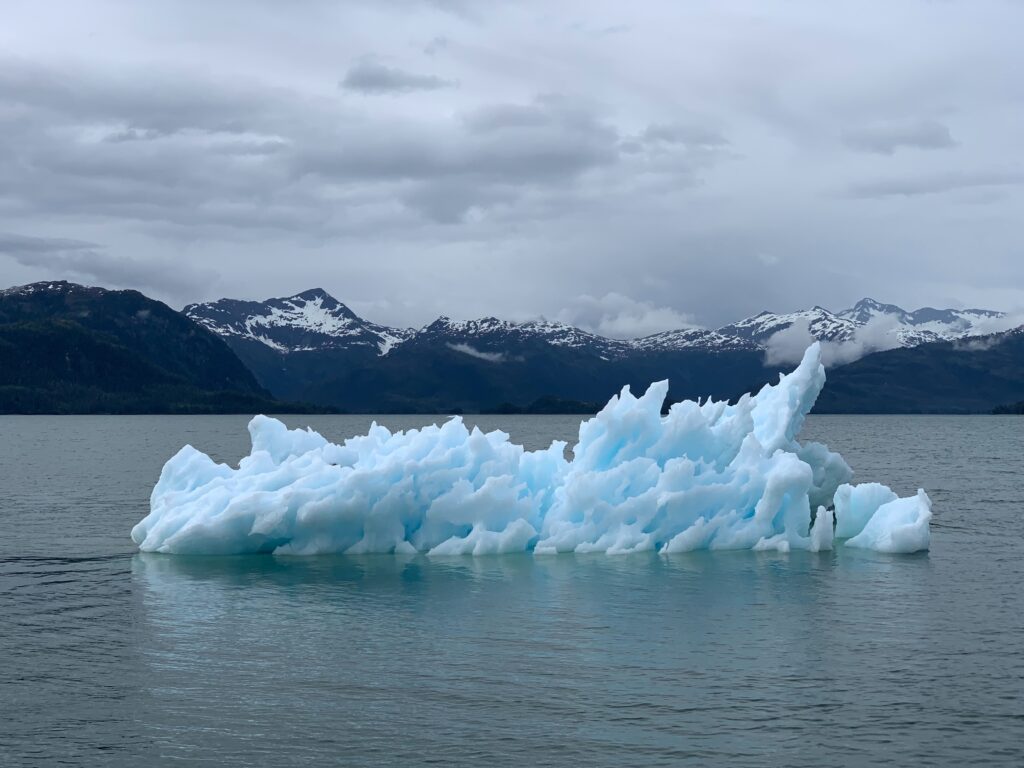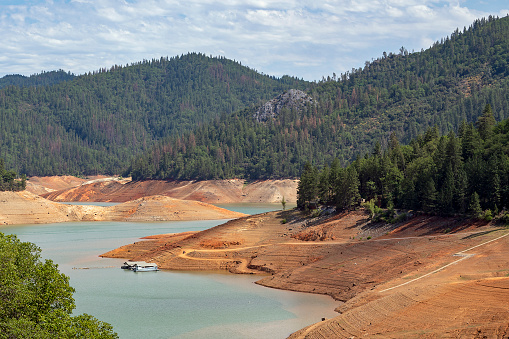Climate change is a major global challenge that is already having a significant impact on many aspects of our lives, including travel. How does traveling in the Age of Climate Change affect your plans?

In recent years, extreme weather events such as hurricanes, heatwaves, floods, and wildfires have become more frequent and intense, causing disruption and damage to transportation infrastructure, natural attractions, and cultural sites. Furthermore, the changing climate is affecting the availability of resources, such as water and food, in some regions, making travel more challenging and potentially more expensive. In this article, we will explore some of the ways in which climate change can affect your travel, and how you can adapt to these changes.
Transportation Disruptions
One of the most immediate and visible impacts of climate change on travel is the disruption of transportation infrastructure caused by extreme weather events. Hurricanes, typhoons, and heavy rainfall can cause flooding, landslides, and other types of damage to roads, railways, and airports, making it difficult or impossible to travel to or from affected areas. For example, in 2017, Hurricane Maria caused significant damage to Puerto Rico’s transportation infrastructure, making it difficult for tourists to get to the island and explore its attractions. Similarly, the 2019 Venice floods caused significant disruptions to transportation in the city, with water levels rising to the second-highest level in history.

Natural Attractions and Cultural Sites
Climate change can also affect natural attractions and cultural sites, which are often major drawcards for tourists. Rising temperatures and changing precipitation patterns can alter ecosystems, causing biodiversity loss, habitat degradation, and changes in migration patterns for wildlife. In turn, this can affect the availability of recreational activities such as hiking, wildlife viewing, and skiing, and impact the local economy. For example, in the United States, warming temperatures have contributed to the decline of iconic species such as the moose in the Northeast and the pika in the West. Similarly, the Great Barrier Reef in Australia, which is one of the world’s most popular diving destinations, has suffered from coral bleaching and other forms of damage due to warming sea temperatures.
In addition, climate change can also threaten the preservation of cultural sites, such as historic buildings, monuments, and archaeological sites. Rising sea levels, for example, can threaten low-lying cities and coastal heritage sites, such as the ancient city of Venice or the historic city of Alexandria in Egypt. Extreme weather events, such as wildfires, can also damage or destroy cultural sites and artifacts, as was the case during the 2019 fires in the Amazon rainforest and the 2020 wildfires in California.

Resource Availability and Costs
Climate change can also affect the availability of resources such as water and food, which can impact travel in a variety of ways. For example, water scarcity can make it difficult to maintain green spaces and recreational areas, reducing the attractiveness of destinations for tourists. Similarly, droughts can impact crop yields and food production, leading to higher food prices and potentially limiting dining options for travelers. In addition, the increased demand for resources in some regions can lead to competition and potential conflict, further complicating travel plans.

Adapting to Climate Change
In the face of these challenges, it is important for travelers to be aware of the potential impacts of climate change and to take steps to adapt their travel plans accordingly. One of the most effective ways to reduce the carbon footprint of travel is to choose more sustainable transportation options, such as trains or buses, instead of air travel. In addition, travelers can choose destinations that are less vulnerable to climate change impacts, such as inland areas or regions that have already taken steps to adapt to changing conditions. For example, the city of Amsterdam has developed a climate adaptation plan that includes measures such as raising building foundations, creating green roofs, and expanding the city’s network of waterways.
Another way to adapt to climate change is to be flexible and prepared for potential disruptions to travel plans. This may include purchasing travel insurance that covers weather-related cancellations or delays, researching alternative routes or modes of transportation, and being aware of local weather conditions and emergency procedures. Additionally, travelers can support local conservation efforts and sustainable tourism practices, such as reducing plastic waste, supporting renewable energy projects, and patronizing eco-friendly accommodations and restaurants.
In conclusion, climate change is a complex and multifaceted issue that has the potential to significantly impact travel and tourism. As travelers, it is important to be aware of these potential impacts and to take steps to adapt our travel plans accordingly. By choosing more sustainable transportation options, supporting local conservation efforts, and being prepared for potential disruptions, we can help minimize the negative impacts of climate change on travel and contribute to a more sustainable future.
Leave a comment below if you believe climate change has affected traveling for you?





This blog was… how do you say it? Relevant!! Finally I have found something which helped me. Cheers!
Thank you very much for reading the article!
There’s definately a lot to know about this issue. I like all the points you made.
Thank you for sharing! xx